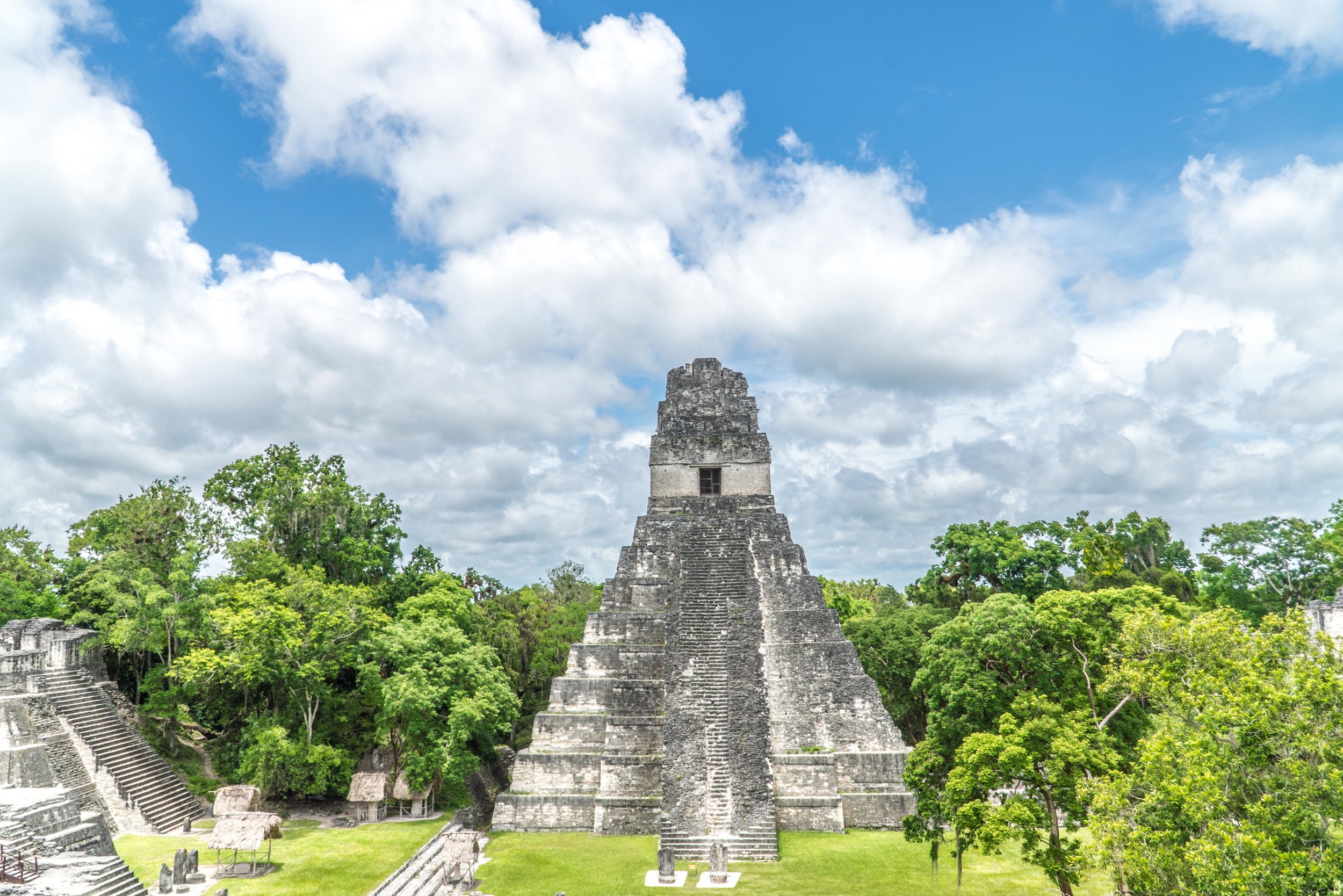Lessons from the Cayman Islands: Traveling to Slow Down
I originally drove past the Caribbean-looking restaurant, Star Island, after seeing that the parking lot was empty at lunchtime. Yet the thought of conch fritters in my mouth beckoned me to turn around; and so I did. I reached for the doorknob, turning it to find a woman sitting on a stool by the register, counting money. “Are y’all open for lunch?,” I asked. To which she nodded her head and responded, “Sure, have a seat and I’ll be right with you.”
As I sat down, a feeling of nostalgia swept over me. Artificial flowers and nice glassware with napkins delicately placed inside them donned each table covered with a kitschy table cloth. Paintings of Caribbean-style homes lined the walls and hanging down from one wall in the corner, a small flat-screen television connected to a laptop that was playing Harrison Ford’s 1986 movie, The Mosquito Coast. It would serve as a prelude to the day’s scenery on the Caribbean island of Cayman Brac (one of the smaller Cayman islands southwest of Cuba) that would feel all too Indiana Jones-esque. I reached for my phone, wondering if there was Wi-Fi, but instead nibbled on conch fritters, observed the paintings lining the interior, and studied the island’s map (to the sound of Harrison Ford and River Phoenix) as I tried to transition from a Los Angeles state of mind to a Cayman Island state of mind.
There aren’t too many islands that have met my expectation of the true island experience. Certainly, Hawaii at times, such as Lanai, where there are many more miles of dirt roads than paved roads, but certainly not Oahu with Waikiki’s shopping centers and high-rises. And don’t get me started on Australia. I realize that by traditional definitions it’s an island, but come on, it’s a freaking continent.
But part of my problem with islands has been the infrastructure. It’s often felt so tourist-driven and hokey, rather than just embracing what it is. Often feeling like it was a service toward affluent westerners while exploiting their own. My first trip to the Caribbean, to St. Lucia, particularly stands out, as I remember being driven from our nice hotel in the tourist district through impoverished neighborhoods to go ziplining. I realized that I was supporting the economy of the island, but it nonetheless made me uncomfortable.
But something felt different about Cayman Brac. After lunch, I got into my car and started driving the length of the island, which took all of about 15 minutes to reach the halfway point, driving at 30 km/h most of the time, but reaching a blazing 40 km/h during one short stretch (about 25 mph). Driving the width of the island took all of about five minutes.
However, it was as I was driving back to my hotel that I began to realize what it is that stands out about islands I’ve visited and particularly loved. I thought about this while driving down a stretch of road in which the left side was lined with pristine beaches where waves crashed ashore. It's a sight and sound that immediately fills me with both a feeling of exhilaration and serenity. Meanwhile, on the right side, rocky bluffs encircled by jungle sat just 100 yards off the road. It, too, was exhilarating, yet with reverence, as if it was a scene out of an Indiana Jones movie.
This was all after visiting a place called, Skull Cave, which looked just as it sounds, and appeared as if it could inhabit an entire town of people, or the spoils of pirates back in the day. It was equally impressive as it was terrifying. I imagined that if I hit my head on the ceiling deep in the cave that no one would ever find me. Now this is an island. It's yin and yang, both thrilling and scaring the shit out of me simultaneously.
Just as meaningful, however, has been how Cayman Brac has forced me to slow down. It’s what I imagine has always been meant by the phrase “island time,” yet a term that’s somewhat lost its meaning as the world has progressed and become more technological. It’s easy for me to go full throttle and be so connected on my devices in Los Angeles when everyone around me is, but when you come to a place like Cayman Brac, it forces you to slow down and disconnect. And if it doesn’t, then maybe it’s not the place for you.
But this isn’t just why I like traveling to islands, and more specifically, Cayman Brac, but rather why I like traveling altogether. It slows me down and helps me see the world through a different lens. It gives me a sense of joy and awe for the world that I don’t always get at home. It comes from replacing the familiar with the unfamiliar, discovering parts of the world and parts of myself that were previously undiscovered; at least previously undiscovered by me. And if that wasn’t the case, then I’d stop traveling and documenting it altogether. Because if I all I did while traveling was sit around eating, drinking, watching television, writing emails, and updating social networks, then I’d just stay at home, rather than paying to do that somewhere else. As James A. Michener said, “If you reject the food, ignore the customs, fear the religion, and avoid the people, you might better stay home.”
My first day in the Caymans on Cayman Brac can really be summed up in a conversation I heard between a father and his young son while waiting for our plane from Grand Cayman to Cayman Brac. After receiving an announcement that our plane would be delayed because of a mechanical issue, the son said to his father, “I wish we could just speed up time and hurry up and get there.” To which the father without hesitating and very poignantly responded, “No son, time is too precious to want to speed up.”
Follow me the next few days in the Cayman Islands on Twitter and Instagram, and then following it, when I'll be publishing posts on www.travelmindset.com.













